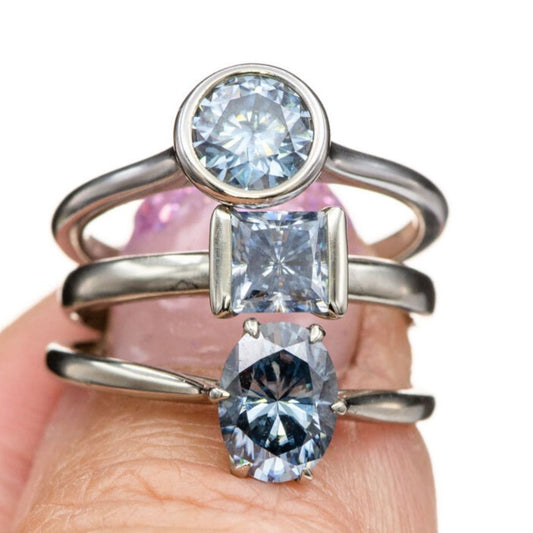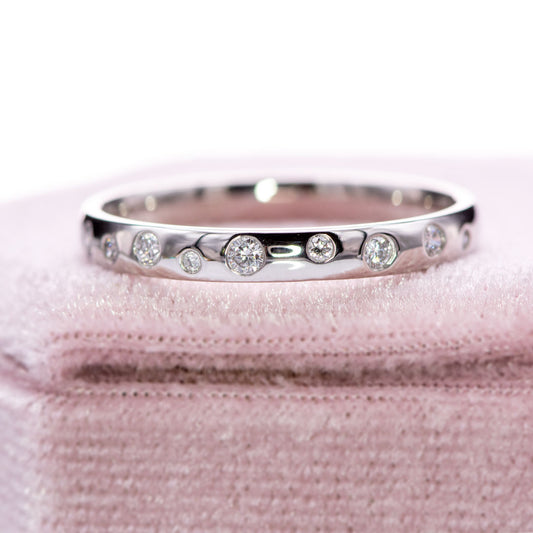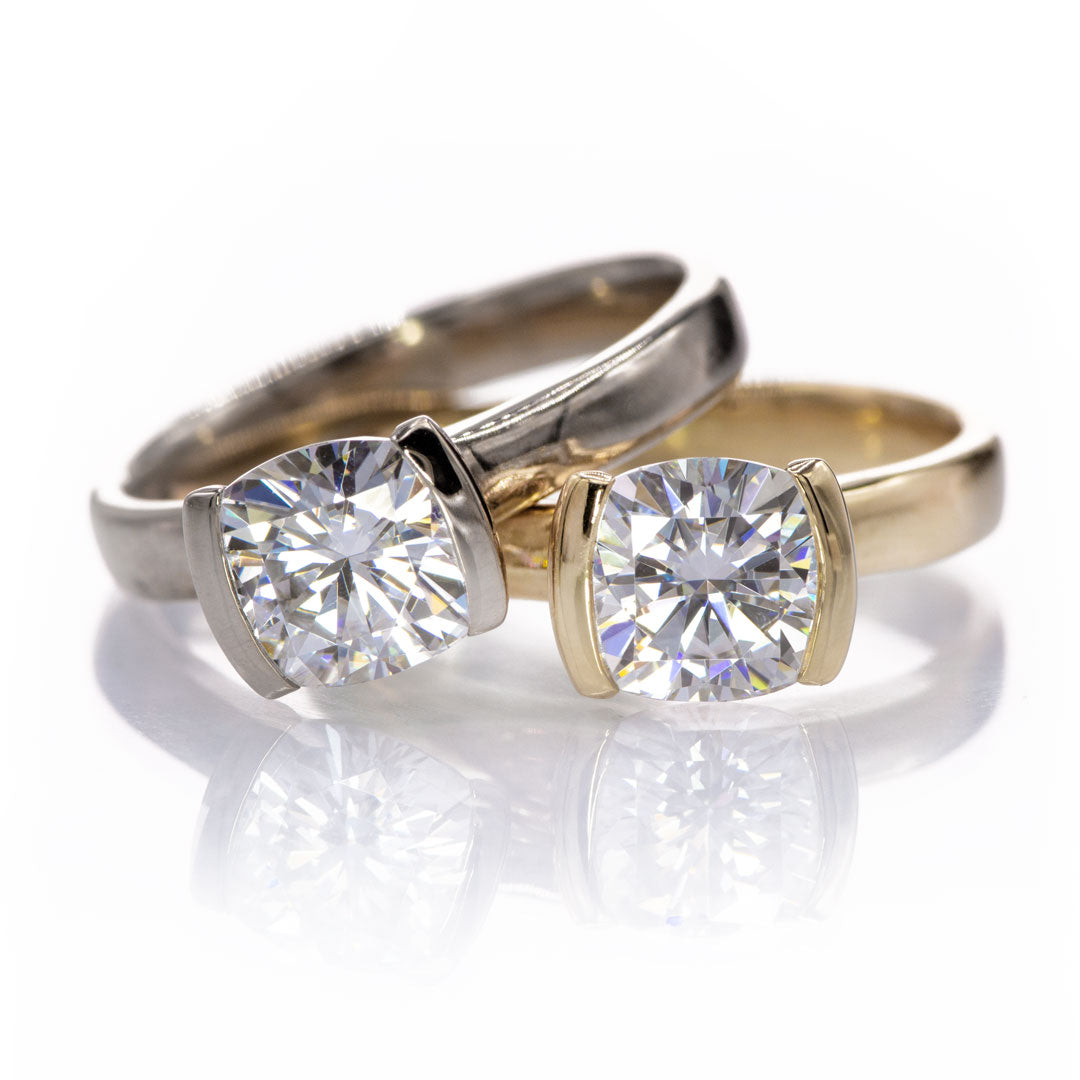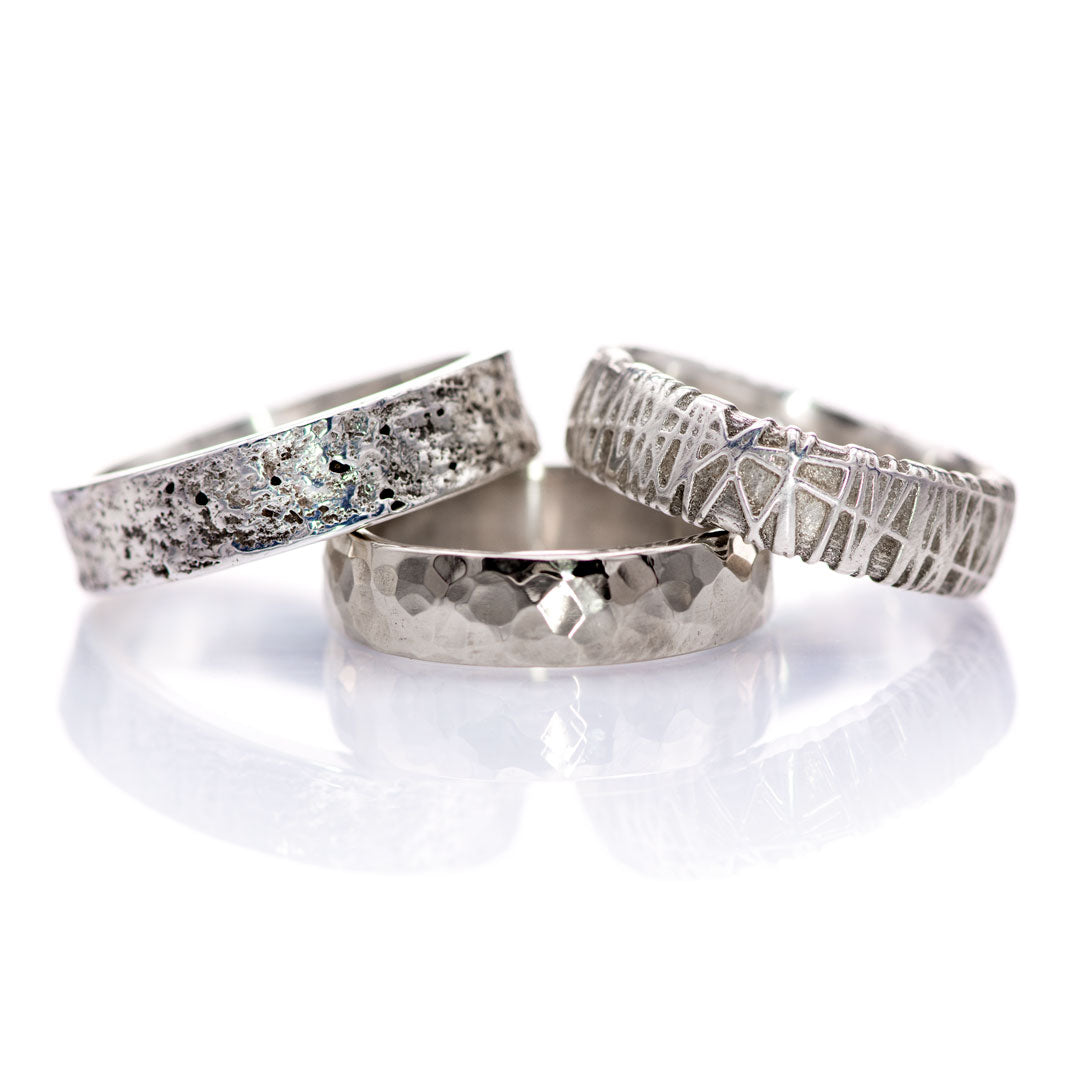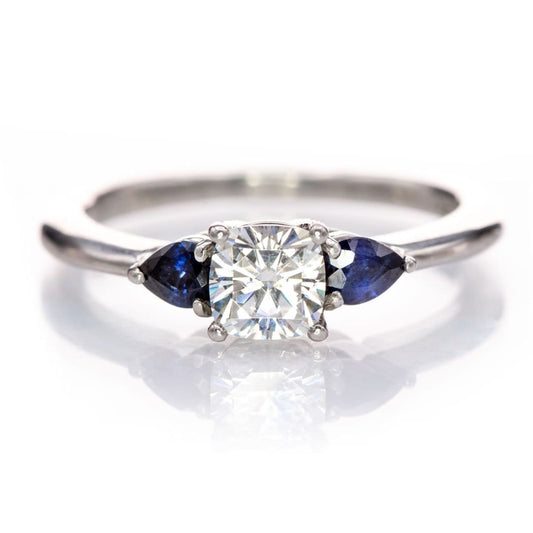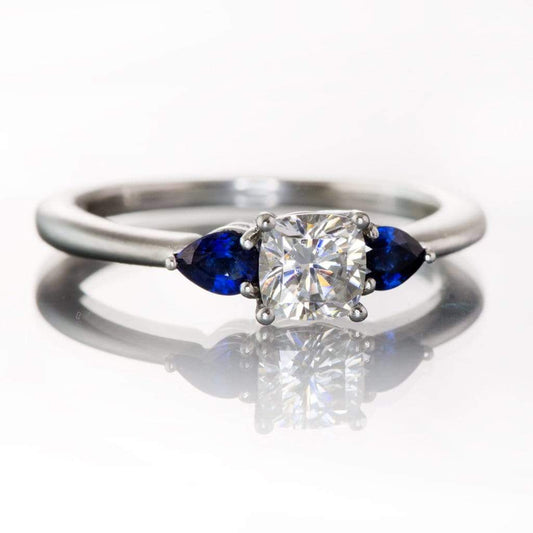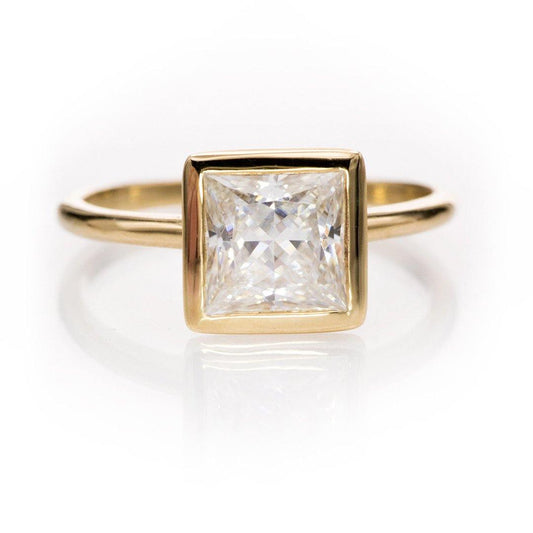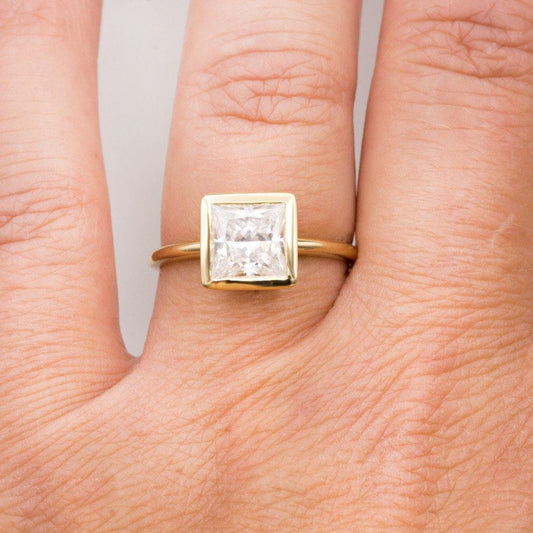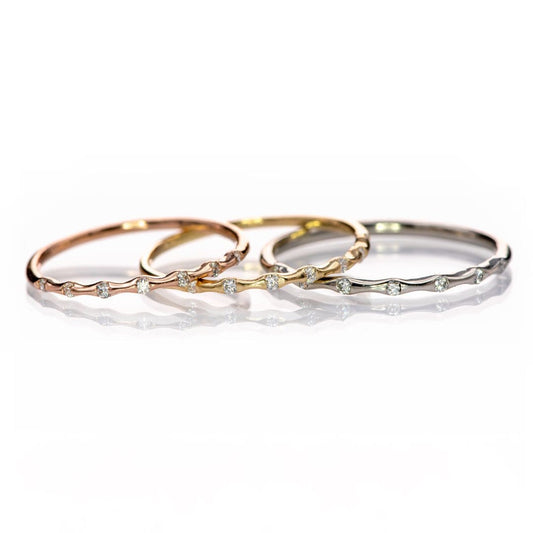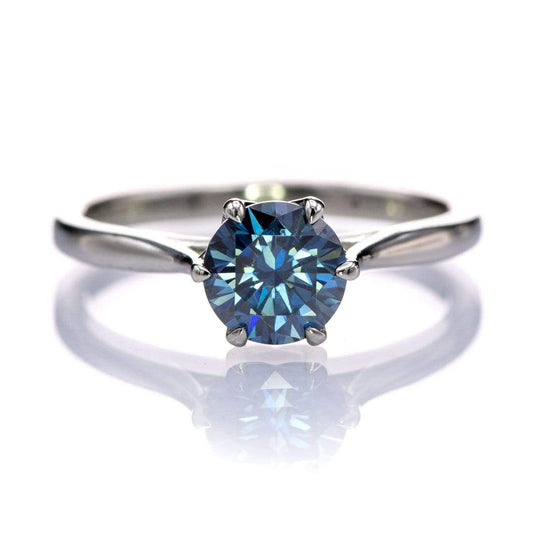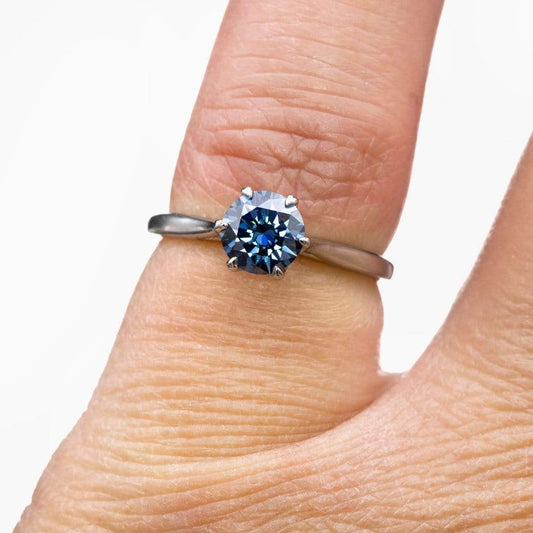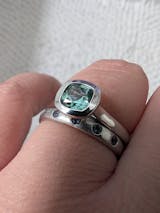
Why Lab-Grown Diamonds Are the Way of the Future
Share
Diamonds have long been associated with elegance, grace, and beauty. They are also one of the most popular gemstones. However, as lab-grown diamonds have become more prevalent, more people are asking what the difference is and whether a lab-grown diamond is worth the investment. Take into consideration the reasons that people choose these man-made gems over their natural and mined counterparts.
Better Product
Unlike visually similar but chemically different gems, such as cubic zirconia and moissanite, known as diamond simulants, a lab-grown diamond is an actual, real diamond as much as its mined counterparts. They both come from carbon pressurized into the products we see and are chemically the same. The difference is namely in the time required to make them, as lab-grown methods can reduce the natural process to a few weeks. What this means is that you can often get a lab-grown diamond for a better price than a natural diamond with similar values in the 4C grading method. Additionally, man-made diamonds can often be found in different colors than traditional, and a larger variety of shapes and cuts. Lab-grown diamonds are available as white aka colorless or near-colorless and also some gorgeous blue, coral pink, peach, and lavender hues.
More Humane
Another bonus of using lab-grown diamonds is that they are created in a lab under controlled conditions. Traditional diamond mining operations have faced increasing scrutiny for their ethical decisions, including such aspects as the way their labor forces are treated. When it comes to diamonds and jewelry, you should know that company values should matter. Many diamond mines are operated in developing nations without strong regulations or protection against exploitation. Lab-grown diamonds remove all the questionable ethics from the diamond equation, giving an easy and guilt-free choice to consumers looking for high-quality jewels without contributing to the ongoing controversy.
Environmentally Friendly
Lastly, lab-grown diamonds represent not just a more humane choice but a more environmentally friendly one as well. While lab-grown diamonds still require energy use and lab space, they have a few big advantages. Lab-grown diamonds use about 18 gallons of water compared to a mined diamond's 126 gallons. They require about half the energy consumption and release less than 5% of the carbon emissions. Some studies even indicate much of the energy used in lab creation can be recycled or repurposed. Additionally, a lab gem doesn't require digging, drilling, or moving large quantities of earth and leaves no gaping holes behind.
Man-made diamonds represent a solid counter to mined diamonds. While the resale value on a lab-grown gem is low due to the ease of production, they often represent a cheaper initial investment. They're also friendlier for the environment. For non-heirloom pieces or new jewelry, consumers would be well-advised to seek out man-made options.
Optically, chemically, and physically identical to Natural Diamonds
Lab-Grown Diamonds are not simulants. Scientists create them in a lab. They start with rough crystals and are grown using either HPHT (High Pressure High Temperature) or CVD (Chemical Vapor Deposition) — sometimes both methods. Lab-Grown Diamonds can cost 30-50% less than Natural Diamonds.

Looking for the perfect ring? Check out our ring collection to find the perfect design for you!
We can source lab-created diamonds for most of our designs. We can source a wide selection to meet your needs: white and colored melee and large stones with and without grading reports. Just ask for a custom quote.
Lab grown diamonds can be used for our Build Your Own Ring designs. We only use the highest quality lab grown diamonds, cut to perfection, and made to last forever.
.






